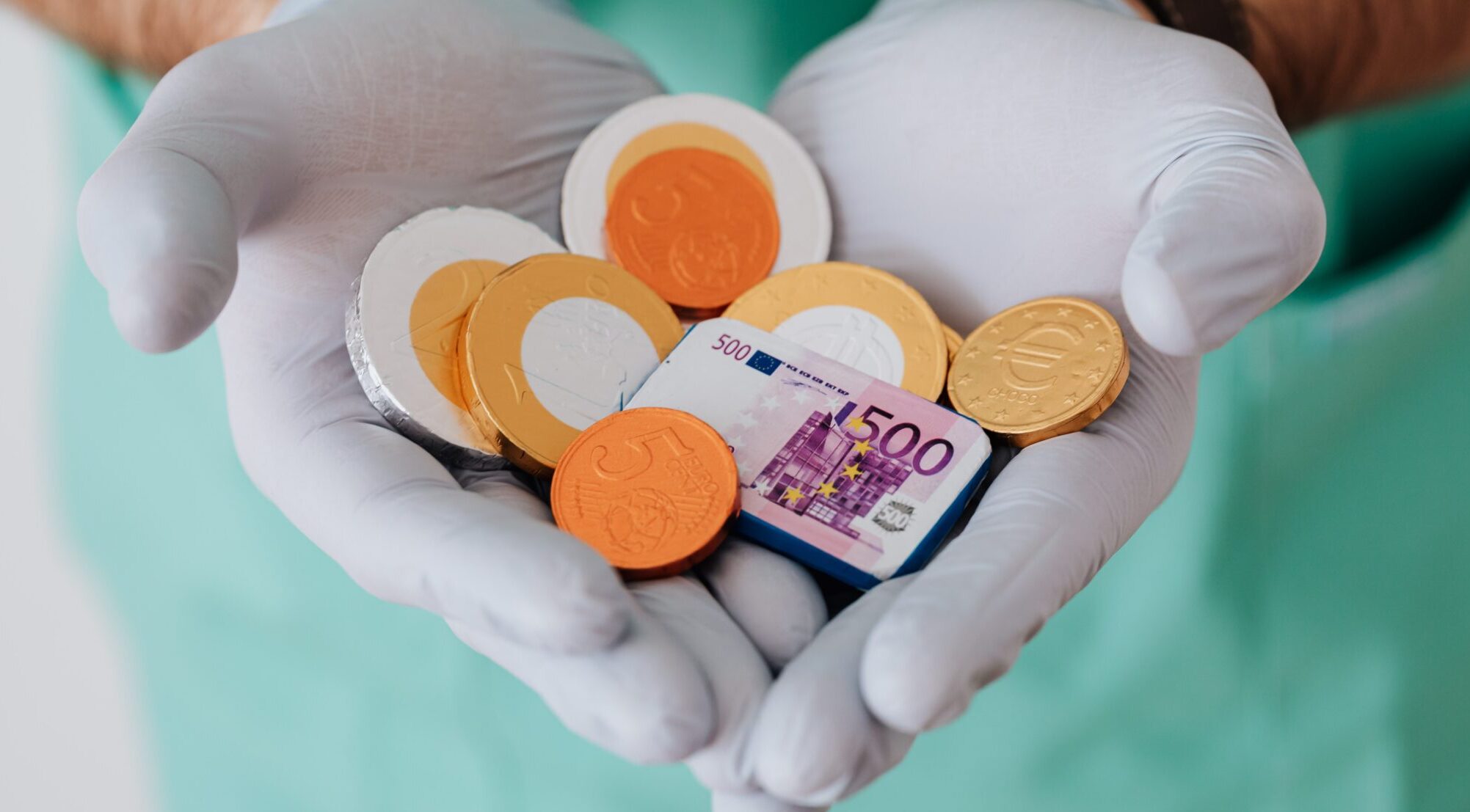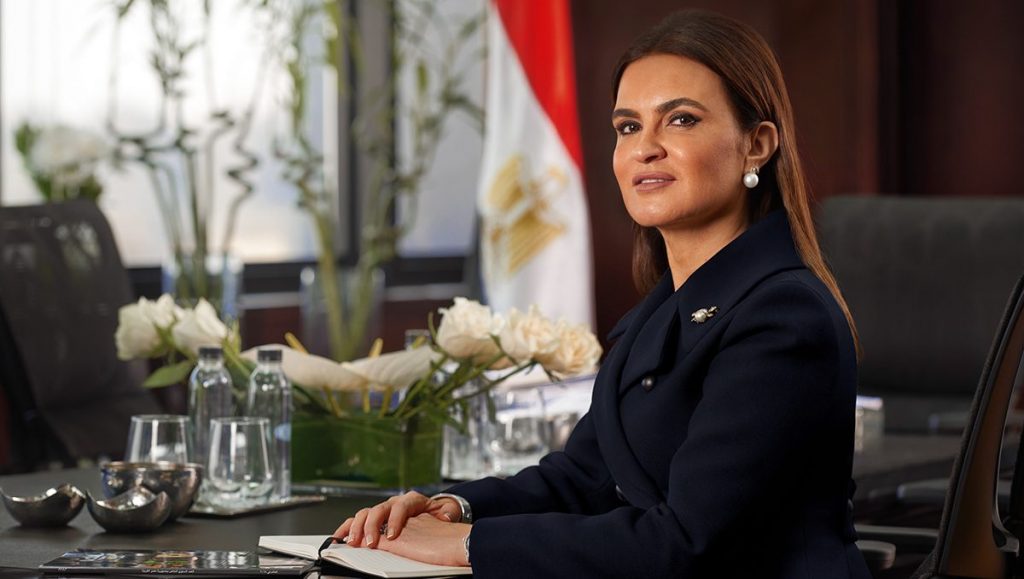As 2020 comes to a close, MENA governments have something in common: the need to limit the debt they took on to keep economies and businesses afloat during the COVID-19 pandemic.

The region’s oil-producing and exporting countries added debt first, as prices crashed in March only to regain some lost ground as the global economy faces recession (See p. XX). Meanwhile, nations with more diverse economies, including Egypt, have slowly but surely suffered from weaker international economic activity, fewer tourists, and slumping remittances.
History of debt
When the COVID-19 pandemic hit the region in March, forcing governments to partially shut down their economies, higher sovereign debt was already a trend in the MENA region. Saudi Arabia’s debt rose from 19 percent of GDP in 2018 to 22.8 percent in 2019, according to government data. Qatar’s sovereign debt surged from 48.4 to 65.8 percent of GDP, while Bahrain’s increased from 94.75 to 101.7 percent.
In November, the Economist reported the 11 GCC countries “owed an average of 25 percent of GDP from 2000 to 2016.”
Outside the oil-dependent GCC, Jordan saw its debt jump to 92.4 percent of GDP by the end of 2019, compared to 89.7 percent a year earlier. In February, Fitch reported that Jordan’s rising debt was a combination of government spending to support its economy and stagnant domestic revenue. “Authorities agreed to give striking teachers a 50 percent pay rise in late 2019, and we believe that wage increases are likely for other public sector workers, too (salaries make up over half of the government spending),” said Fitch. “With unemployment at 19.1 percent [in the third quarter of 2019], up from 18.6 percent [in the second quarter], authorities will also likely feel pressure to increase social transfers in a bid to soothe discontent among those out of work.”
Morocco’s debt has risen from 65.2 percent of GDP to 66.1 percent. The country is attempting to institute reforms and rebuild infrastructure, taking on several loans last year. In March 2019, the African Development Bank loaned Morocco $400 million to support domestic manufacturing. In the last two months of 2019, the country took a $300 million loan from the World Bank to support its municipalities, $500 million for its education system, $150 million from France, 100 million euros from the African Development Bank, and 401.5 million euros from the EU Investment Bank.
The trend toward higher debt, however, was not true for every country. Tunisia saw a debt decline from 77.01 to 74.43 percent of GDP from 2014 to the end of 2019. Egypt’s debt held steady at about 90 percent of GDP in 2018 and 2019. Experts credit the successful implementation of structural reforms in both countries over the past few years. In late 2016, Egypt floated the pound, and then in July 2018 secured a $12 billion facility from the IMF. Tunisia signed a $2.9 billion loan facility from the IMF in July 2018 to implement more reforms.

Debt 2020
As the coronavirus took hold, international institutions warned that debt levels in the MENA region would rise rapidly. “While there is considerable uncertainty around the depth and duration of the crisis, this pandemic will … worsen the already high public and external debt,” wrote the IMF in an April note.
It projected that Arab governments would see their sovereign debt increase by $190 billion in 2020 to reach $1.46 trillion, a near 15 percent hike. “The fiscal deficit for the region is expected to deteriorate from 2.8 percent of [the] gross domestic product in 2019 to 10 percent of GDP this year,” noted the April paper.
Additionally, the IMF projected interest on new debts would be higher, adding, “The MENA economy [will] contract by 3.3 percent in 2020, the biggest slump in four decades.”
By May, several MENA countries began to acknowledge the extent of damage the lockdown would have on their economies this year. “The outbreak of COVID-19, the related collapse in oil prices and the ensuing global economic recession will have long-term ramifications for the Middle East and North Africa region,” said a May note by Fitch Ratings. “We expect these developments to accelerate pre-existing regional trends toward reduced fiscal policy flexibility and greater austerity.” Egypt reacted quickly, securing $2.8 billion from the IMF in May to address the balance of payment needs.
Fitch Ratings also strongly recommended that GCC countries increase their non-oil sources of revenue, such as VAT. Saudi Arabia, for example, tripled its VAT rate to 15 percent by July.
Additionally, Fitch urged a focus on austerity, as conventional spending patterns caused “debt loads to increase markedly across the region.” That would be particularly important for GCC governments with the weakest balance sheets. Bahrain already had announced spending cuts of 30 percent in April. Meanwhile, Oman and Saudi Arabia complemented their stimulus packages by decreasing their budgets by 10 percent and 12 percent, respectively.
MENA governments that couldn’t limit government spending should rely on their foreign reserves said Fitch in its May note. According to the Central Bank of Egypt, Egypt withdrew nearly 21 percent of its $45.55 billion foreign reserve account between February and May to support the economy. “In Egypt, where the government recently completed a painful three-year IMF reform [program], fiscal policy will likely remain restricted for longer in efforts to retain investor confidence and prevent sharp increases in already high debt-servicing costs,” noted Fitch. It also stated that similarly diverse economies such as Tunisia and Jordan face a similar situation to Egypt, albeit with higher debt-to-GDP levels.
By the end of June, Fitch had downgraded several MENA economies. “Fitch Ratings has placed four of the 14 rated [the] Middle East and North Africa (MENA) sovereigns on Negative Outlook,” Jan Friederich, a senior director at Fitch (Hong Kong) Limited, wrote in a June note. Those nations were Oman, Iraq, Jordan, and Morocco. That reflects a “painful hit to public and external finances and growth as a result of the coronavirus and the fall in oil prices,” said Friederich.
On the other hand, the rating agency praised Bahrain and Egypt for successfully issuing eurobonds in May and June, respectively. Bahrain raised $2 billion in 10-year notes, and its sukuk issuance attracted $7.5 billion. Egypt secured $5 billion, its largest Eurobond issuance ever. The rating agency said both countries held their foreign currency debt levels in check.
Egypt also received a second $5.2 billion loan from the IMF in June to support “macroeconomic stability,” Jihad Azur, IMF director in the Middle East and Central Asia, told Arab Finance in November.
By July, the GCC’s debt level outlook was not promising, and international media reported it would get much worse due to weak oil demand and economic slowdowns. “All GCC countries have announced economic stimulus packages,” said Fitch’s July note. “The budgetary effect of stimulus will be 5 percent of GDP in Saudi Arabia and 1 to 2 percent of GDP elsewhere.”
MENA governments that rely on tourism and remittances also have issued more debt. Tourism accounts for 10 to 20 percent of GDP across MENA’s non-oil economies. Net remittances account for 4 to 7 percent of GDP in Lebanon, Tunisia, Morocco, Jordan, and Egypt, noted Fitch in July. “Lockdowns are therefore hitting external receipts, employment and GDP growth, and worsening budget deficits and government debt trajectories despite the direct benefits from much lower oil prices,” it said. “Weaker finances in the GCC also can spill over into weaker inflows into the rest of the MENA region.”
Egypt retained its Fitch rating at B+ with a stable outlook. However, in late July, the agency warned the country’s “ratings are constrained by still large fiscal deficits, [and] high general government debt/GDP. Coronavirus shock is negatively affecting Egypt’s external finances, GDP growth, and fiscal performance. We currently view the shock as a material, but possibly temporary, disruption to what were previously strong positive trends.”
Second wave
Throughout the summer, many MENA countries reported significant declines in new COVID-19 cases, and almost all reopened their economies. Now they face the prospect of a second wave of COVID-19 infections as winter approaches. That raised the question of whether to lock down economies again, increasing the need for more expensive debt or staying open and hoping for the best.
Almost all MENA countries have opted to keep their economies open, believing precautionary measures would be enough to keep the second wave in check. “Coronavirus infections are on the rise, but the situation in the [World Health Organization’s Regional Office for the Eastern Mediterranean] region is different than in Europe,” said Pierre Nabeth, manager of health emergency information and risk assessment at the World Health Organization’s regional office, at a press briefing in late October. “We have noticed the pandemic slowed down in countries that adopted restrictive measures, like Morocco and Jordan.”
Egypt has seen new infections double from less than 150 a day to less than 500 a day in the past two months. That compares with more than 1,700 daily COVID-19 cases at the height of the pandemic when the country was under partial lockdown and sunset-to-sunrise curfew.
As the year winds down, MENA nations are assessing their economic recovery between April and September and outlook for the rest of the year. In its October World Economic Outlook, the IMF said the global economy would contract 4.4 percent by the end of 2020, instead of 5.2 percent as predicted in June.
MENA’s economies have fallen on the wrong side of this forecast, with the IMF predicting a 5.7 percent GDP contraction instead of 5 percent. In October, Fitch downgraded Tunisia and Morocco by one grade to B and BB+, respectively but retained their Stable Outlook.
However, there are “some pockets of growth in 2020 (Egypt, Ivory Coast, Kenya and Ghana),” said the October note. The IMF predicts Egypt’s GDP will grow 3.5 percent this year, while the World Bank forecasts 2.3 percent and the European Bank for Reconstruction and Development 0.5 percent.
In November, Azour of the IMF said MENA nations with the lowest debt have the best chance of building a thriving economy in 2021 and beyond. “For those with space in their budgets, such as some oil exporters, broader stimulus packages can boost demand and productivity,” he told Arab Finance. Such investments could include investing in green infrastructure and digital inclusion.
In MENA countries with more massive debt obligations, the focus should be on basics to ensure their social and medical systems don’t collapse. Said Azour: “In countries with less space, which includes most oil importers, governments should reallocate expenditures to ensure that health, education and social spending are protected.”







